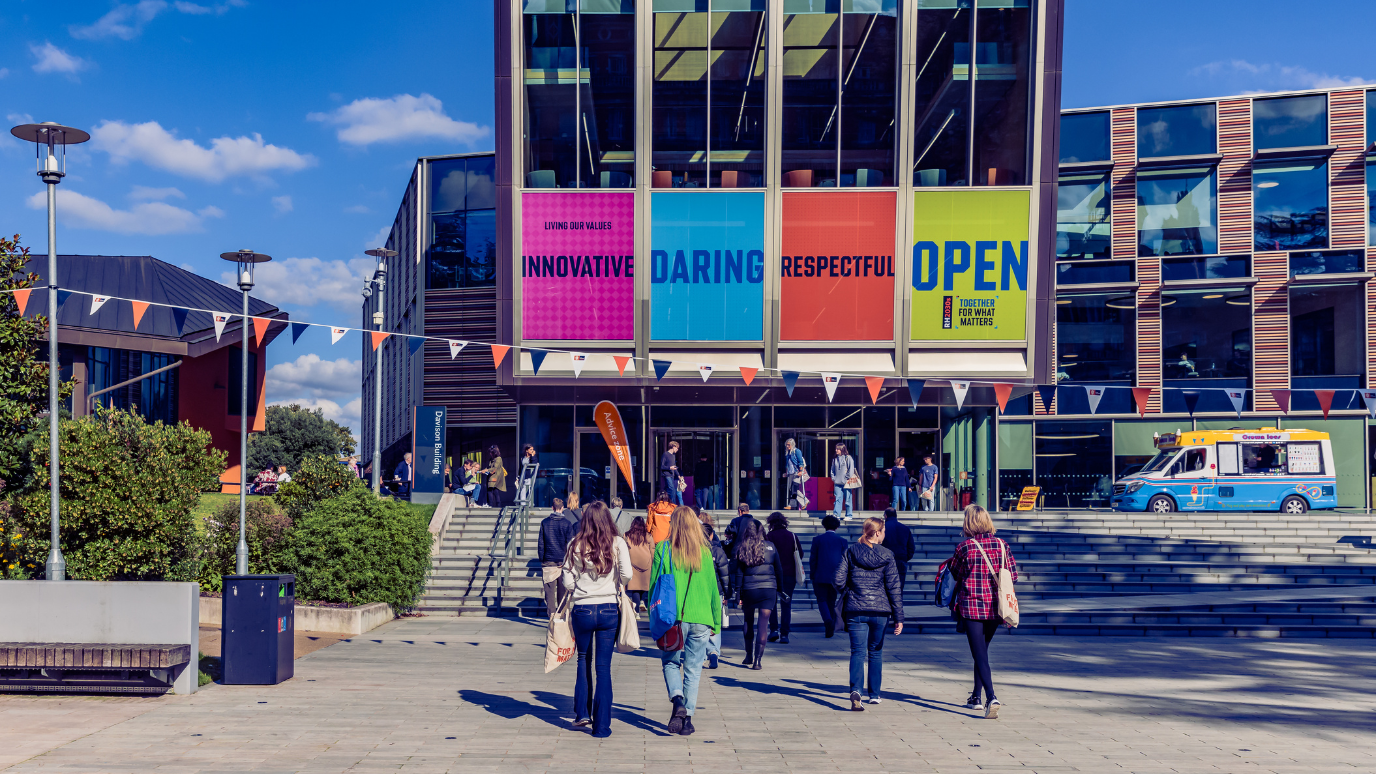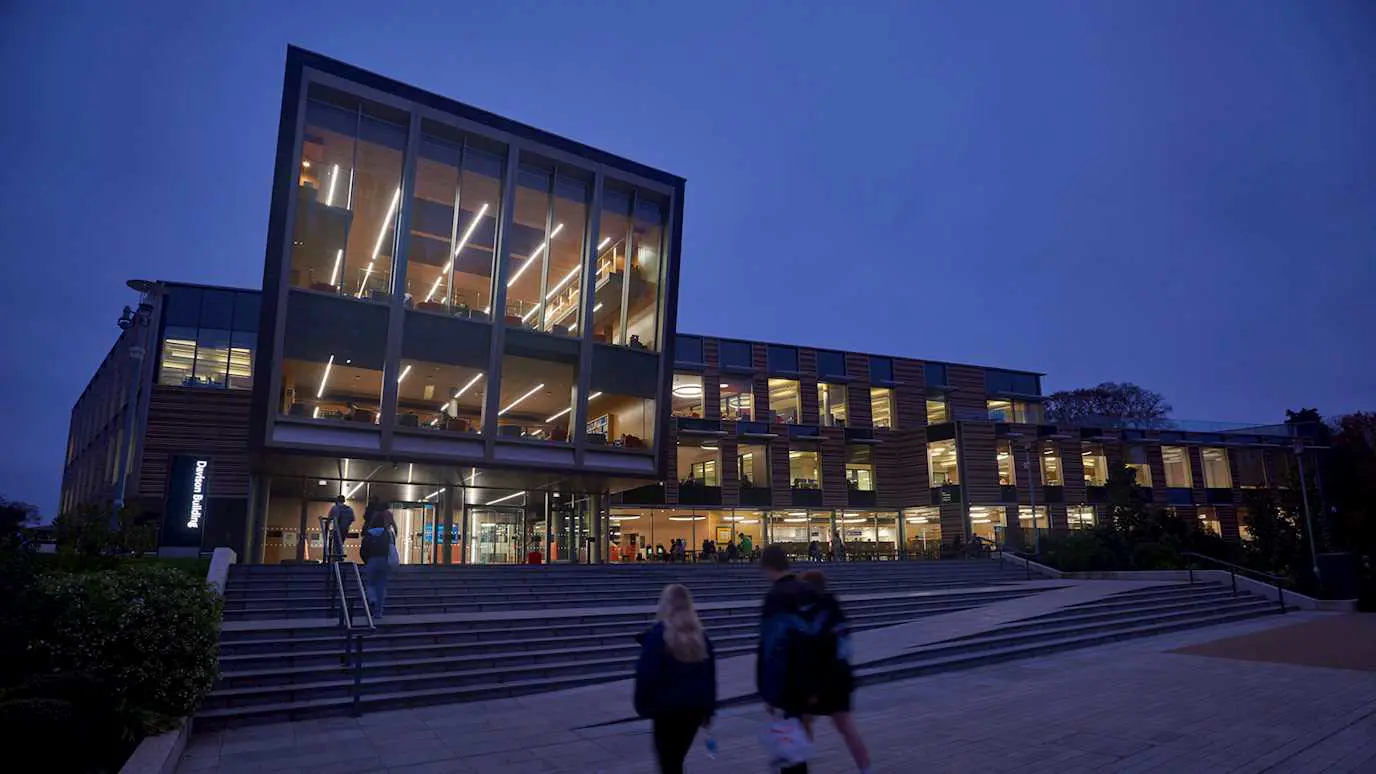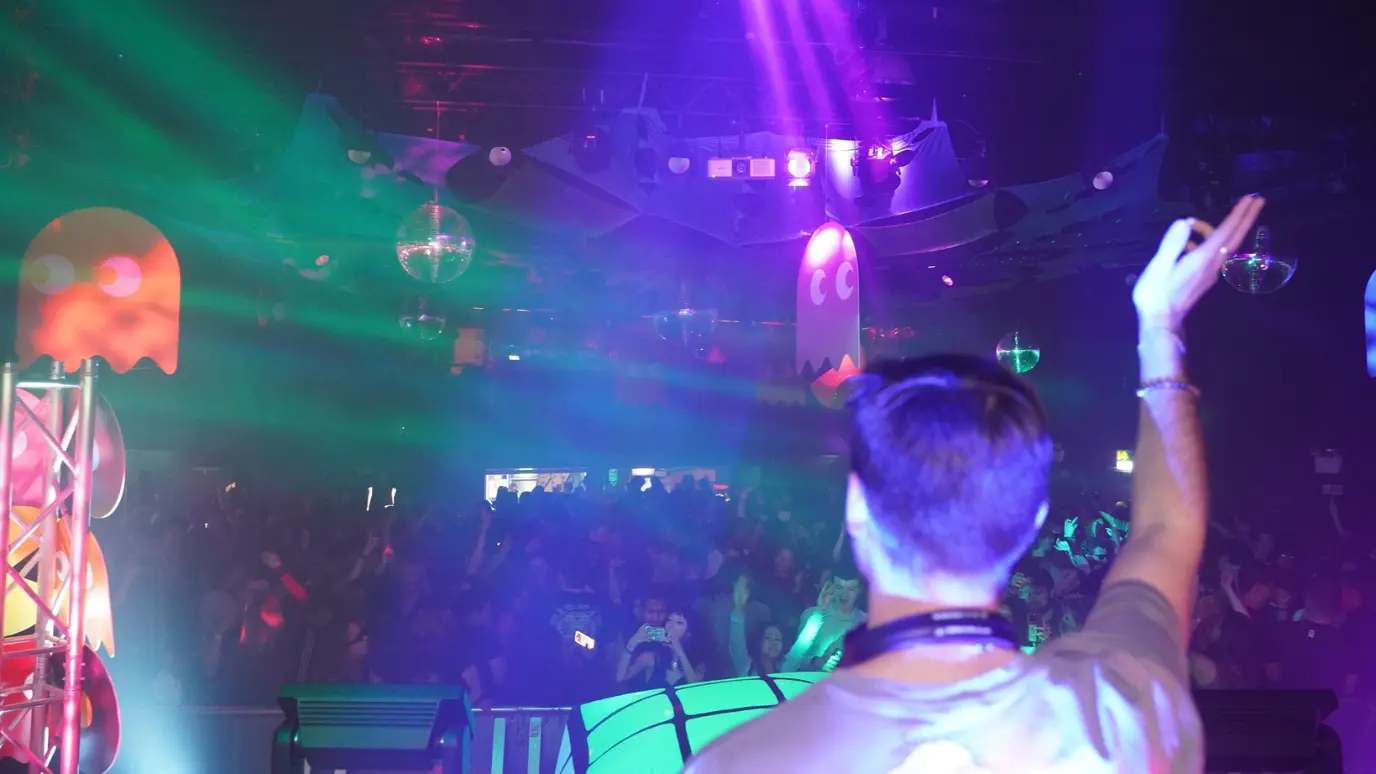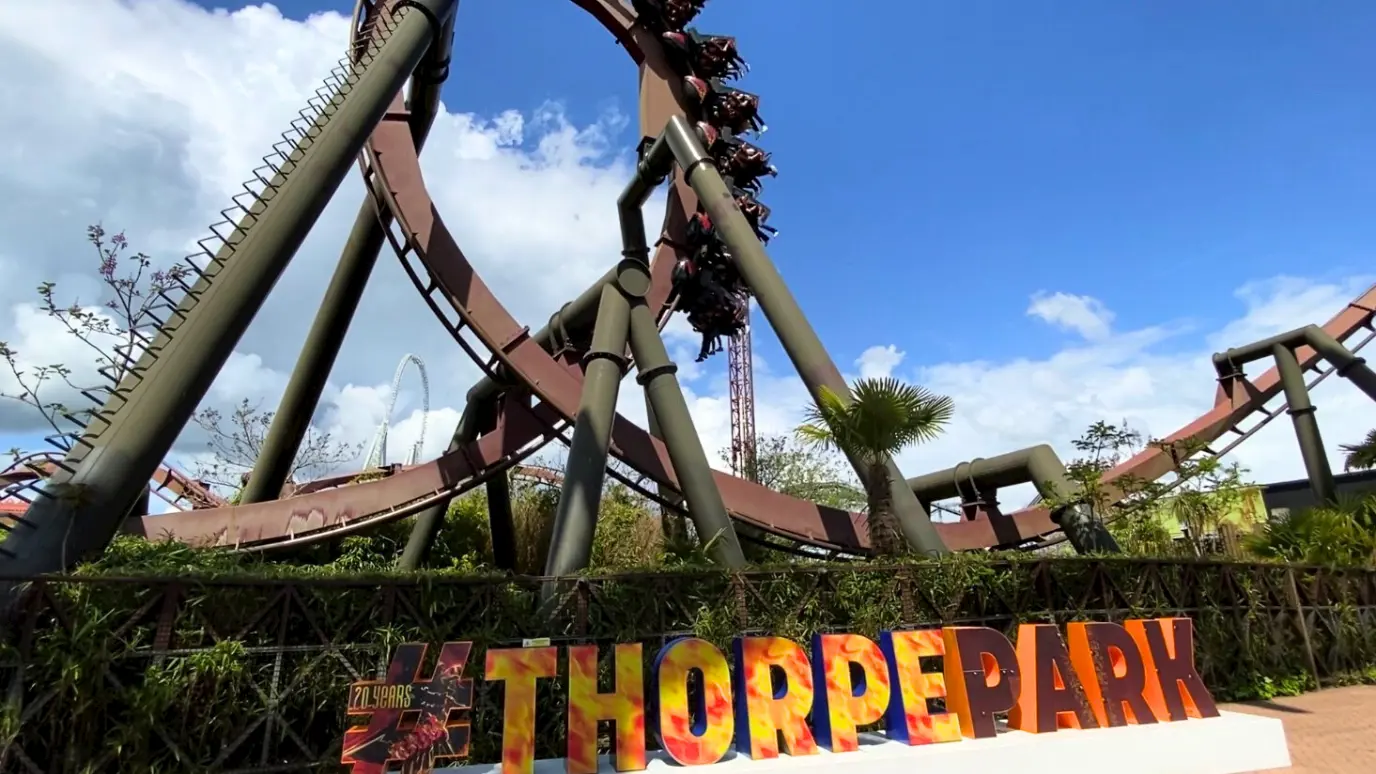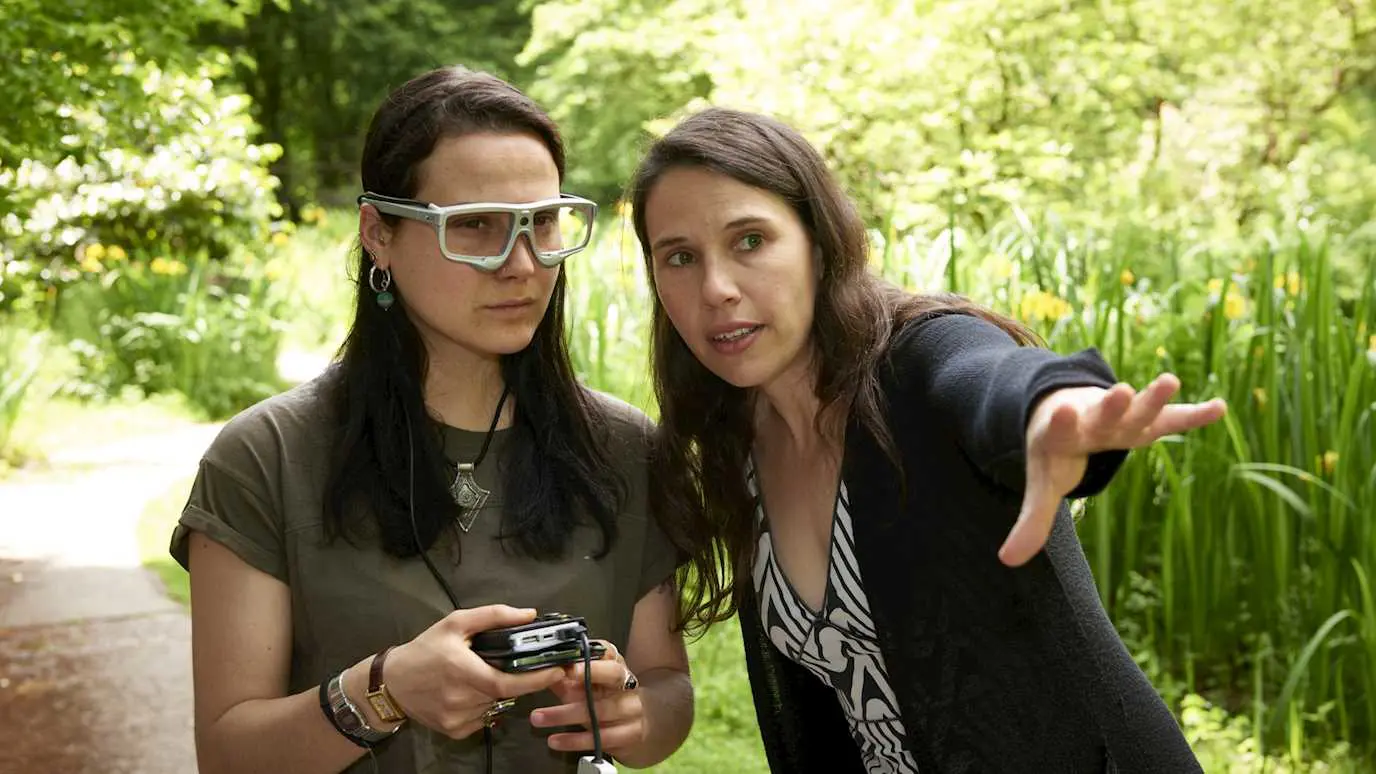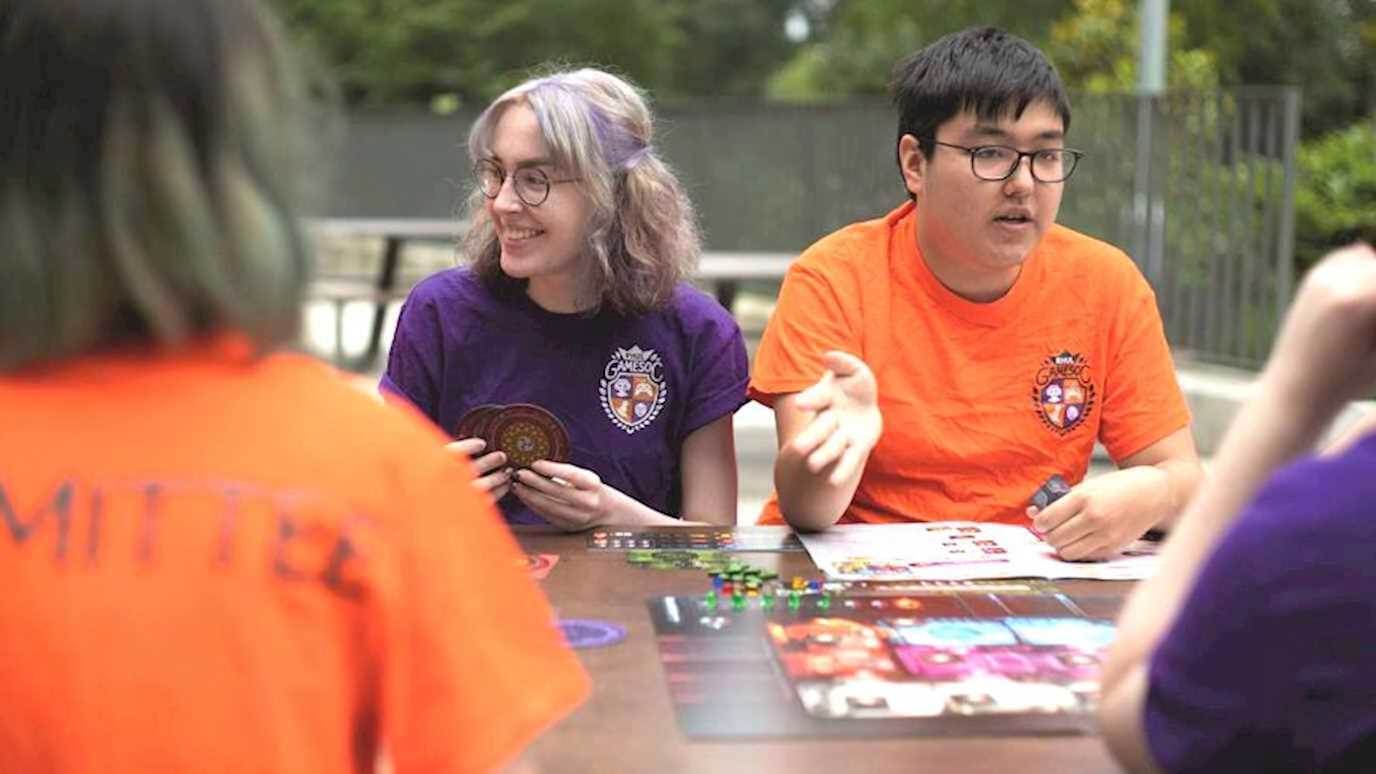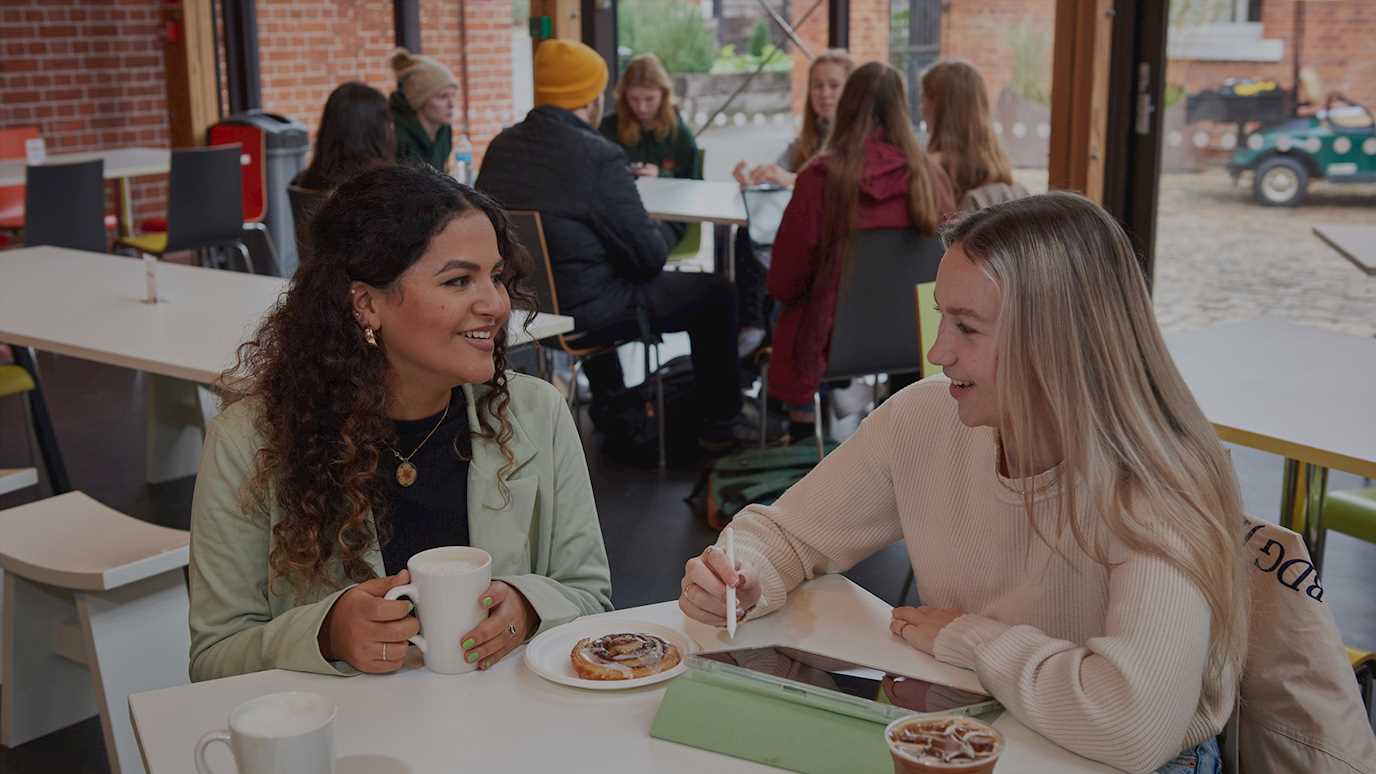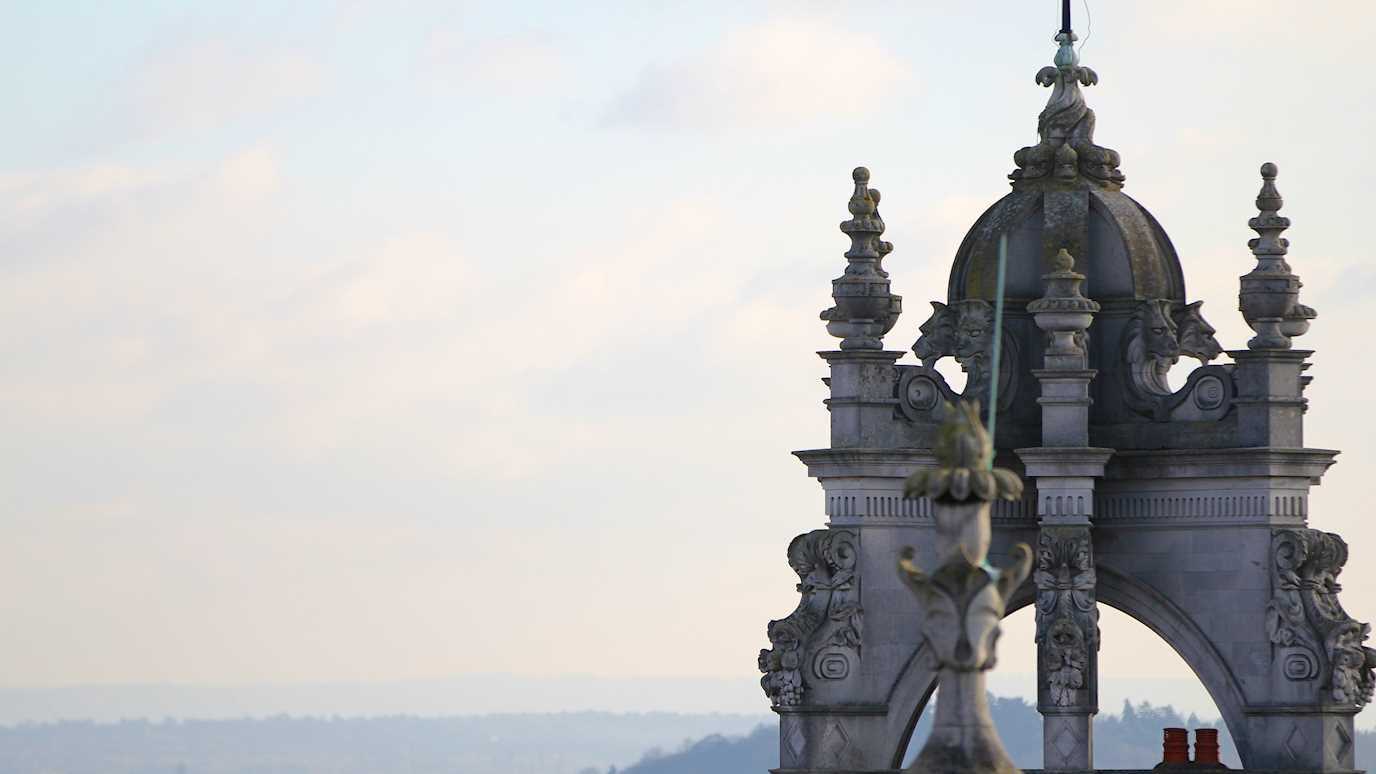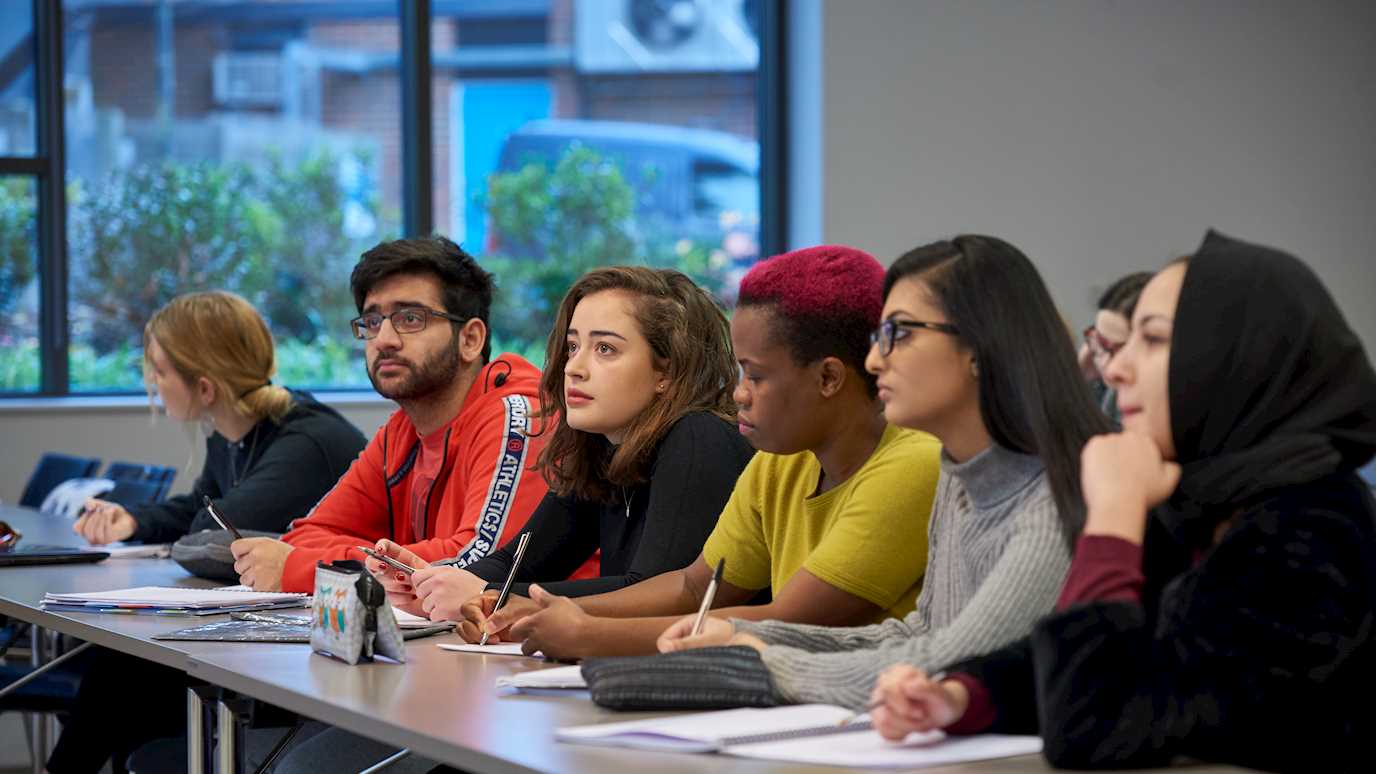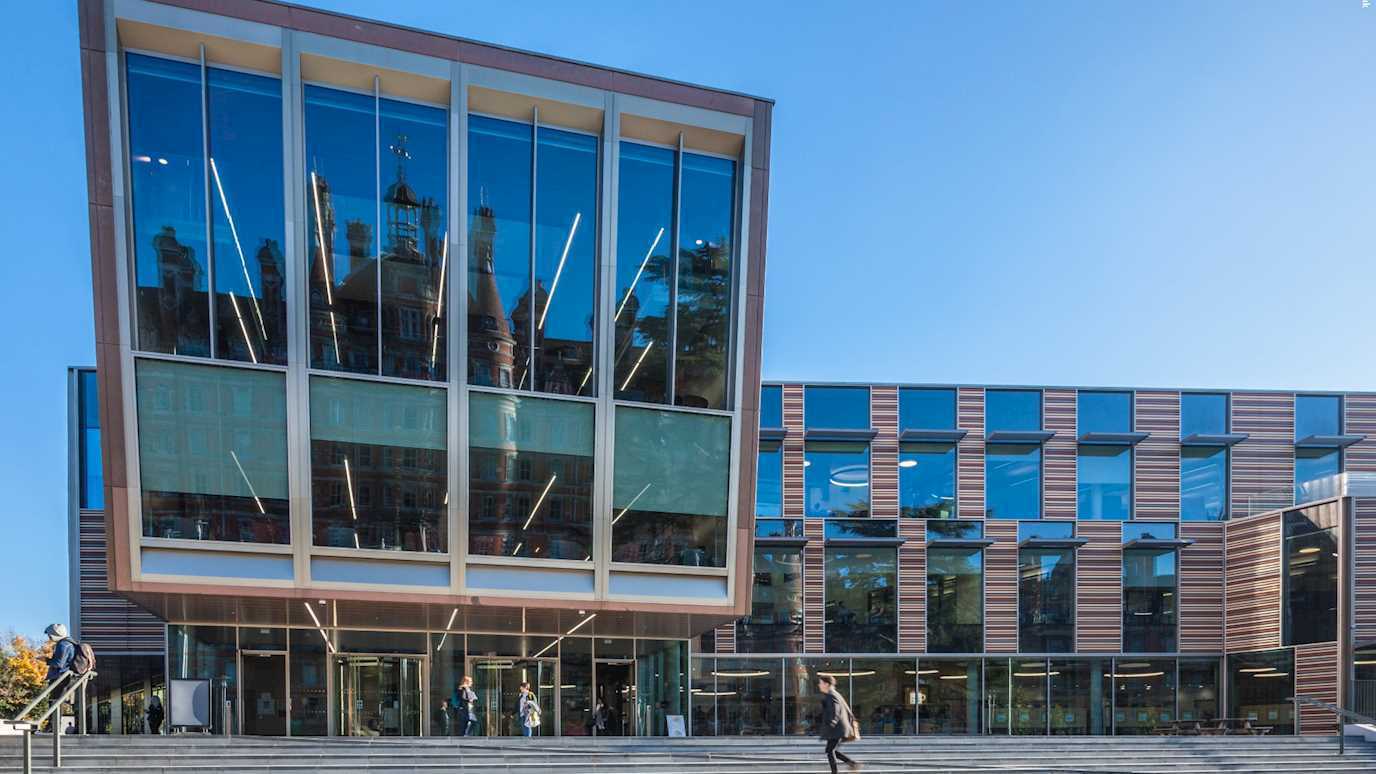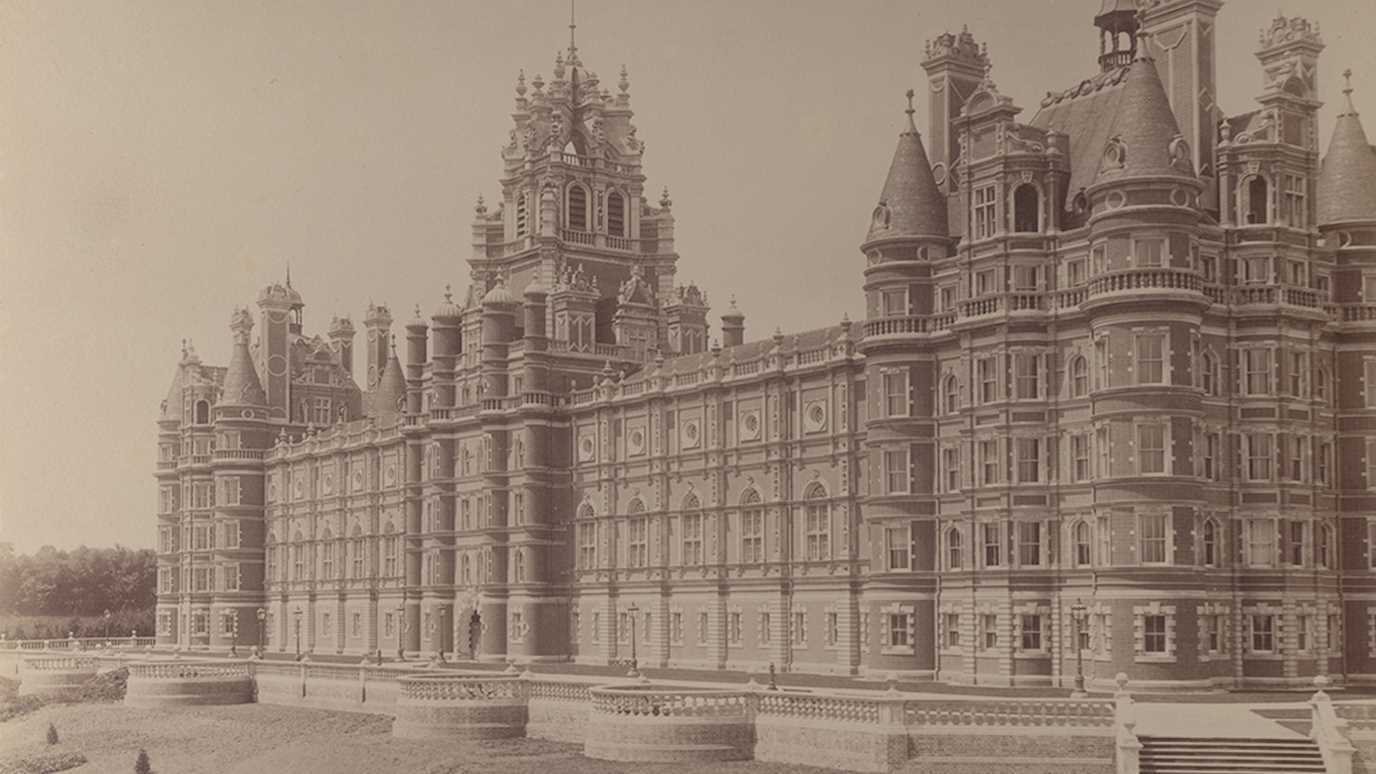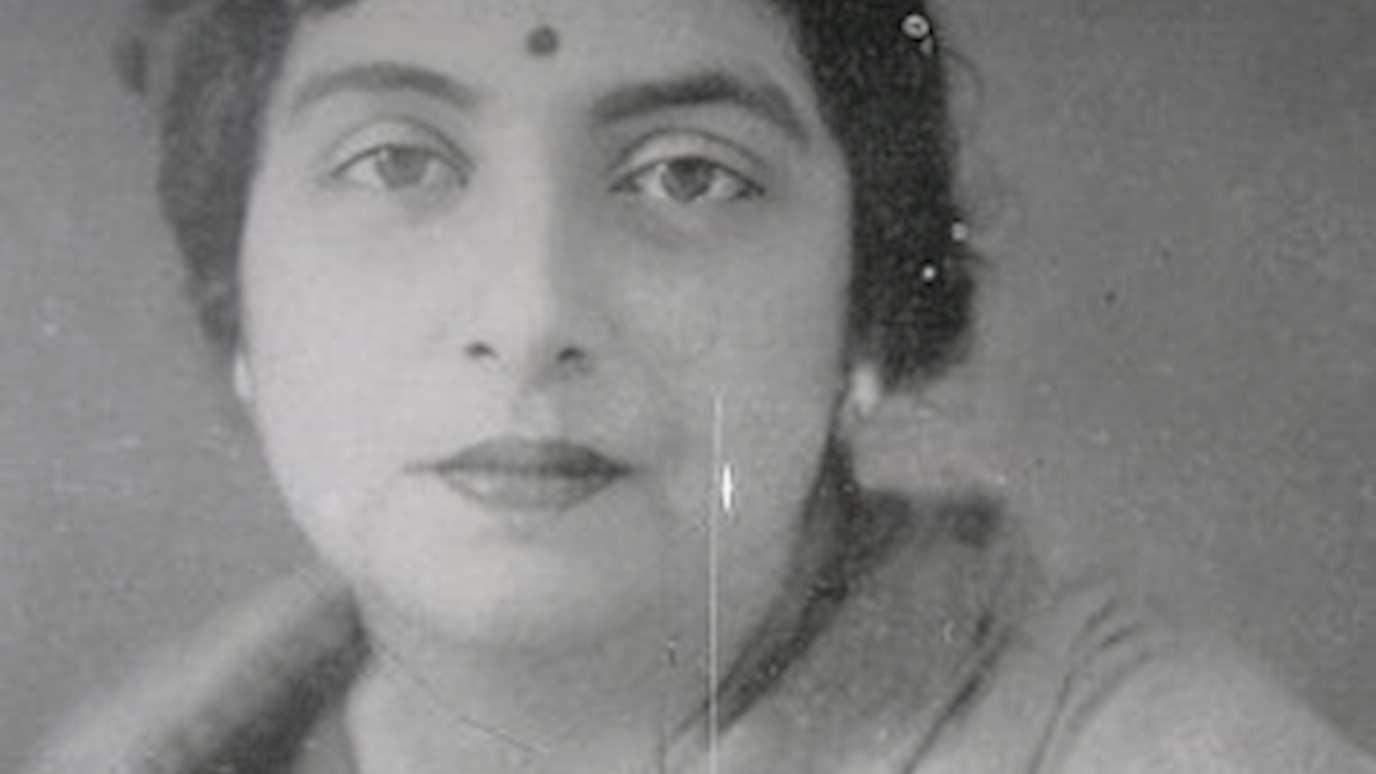Professor James Bennett
Bennett’s Multiplatforming Public Service Broadcasting and 'Social Media as Television Production Technology' are both concerned with what happens to production cultures, processes, business models and aesthetics when long-established media, television and film, encounter new, interactive and participatory digital media forms. Whilst Multiplatforming Public Service Broadcasting looked at how the BBC and Channel 4 adapted to rise of the Internet and audiences’ uptake of interactive digital services, 'Social Media as Television Production Technology' examined the prolifieration of social media as a tool used by TV producers.
Across this work James Bennett has been interested to chart, understand, challenge and practically change how “linear production” engages with the opportunities and affordances of interactive and digital platforms. As a result, both publications are ‘industry reports’, launched in collaboration with key industry partners, including the BBC, Channel 4 and Pact – the Producers’ Alliance of Cinema and Television – in each case. Key findings in both instances examined the barriers to innovation, to digital-TV collaborations, the distance between strategy and implementation and the difficulties involved in aligning linear and interactive timelines and production processes. Each report makes a series of recommendations for the development of TV-Digital inter-relations as both a commercial and public service opportunity for the sector.
Collectively Bennett’s work offers some understandings of the chaotic, creative and challenging nature of change in television and screen industries production cultures. In so doing he has attempted to take an applied approach to researching creative industries, working with the sector rather than about it.
The themes in the above works are continued in his current work as Director of the StoryFutures and StoryFutures Academy projects on immersive technologies.
Professor John Ellis
There’s a mystery at the heart of film and TV production studies: what is ‘content acquisition’; how do film crews work together; how do they organise their work within the complicated process of creating an audiovisual text? John Ellis’s long article “Filming for Television: How a 16mm Film Crew Worked Together” attempts to solve this mystery.
Using an approach derived from phenomenology, the article analyses the 20 minutes of work undertaken by a veteran film crew to set up a simple interview shoot, using the 16mm film equipment that was current early in their careers.
This instance of hands on memory work was created for the ADAPT research project using an innovative method that is outlined in essays by Ellis and Murphy in Hands on Media History: A new methodology in the humanities and social sciences, eds. Nick Hall, John Ellis (Routledge 2020).
The article unpacks the professional routines and relationships of both people and technology that are at the core of television production. It reveals:
- how the crew ‘naturally’ lapsed back into habitual working practices and physical routines with the equipment
- the moments of forgetting and the occasional difficulties presented by replaying their past selves
- the constraints and affordances that defined the nature of analogue television material.
The article makes full use of the affordances of peer reviewed online publication offered by VIEW, the Journal of European Television and Culture.
[[For the IMAGE: could we use a 2 minute speeded up video of the 20 minutes that were analysed? Maybe as a loop?? https://www.dropbox.com/s/obldoiw45kogux8/2%20min%20speed%2016mm_filmpreparation_filming_quad.avi?dl=0] - Will try to add this - JPK]

